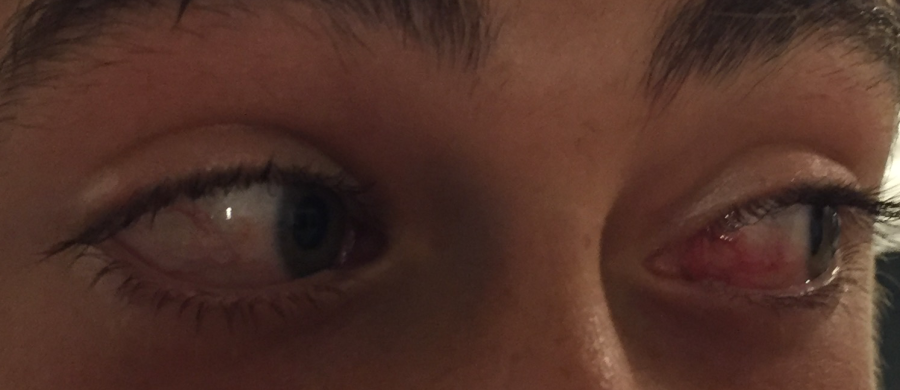One of the most common causes of the symptoms that patients have when I see them in my clinic are due to Dry Eye Syndrome. With the dry air in the higher altitude of Colorado, as well as the air drying out from either heaters or air conditioners, many patients suffer much more here than they do in other more humid parts of the country. There are many things that patients can do to limit the severity of the symptoms, and treating mild dry eyes is much more effective and successful, than trying to recover from severe dry eye syndrome.
Symptoms
- Redness
- Burning
- Itching
- Foreign Body Sensation
- Scratchy Feeling
- Tearing
Causes
I often describe the eye as a sink. The faucet or tear glands are continuously dripping tears into the eye to form a tear film, which lubricates the eye. The drain of the sink (tear ducts) drain the tears from the eye into the nose. The tear film is composed of three parts: oil, aqueous, and mucin. The oil acts as a barrier to keep the aqueous from evaporating, and the mucin coats the surface of the cornea to allow the aqueous to be evenly distributed over the cornea. All three components are necessary for a healthy tear film. If the oil component is decreased, either by decreased production, or increased drainage through the tear duct, then the tears evaporate too quickly. This is the most common cause of Dry Eye Syndrome, known as evaporative dry eye.
- Decreased Tear Production
- Increased Tear Drainage
- Normal Aging
- Changes In Hormones (Menopause)
- Antihistamines, Antidepressants, Blood Pressure Medicines
- Lack of Blinking During Reading or Computer Work
- Autoimmune Conditions: Sjogren’s, Rheumatoid Arthritis, Rosacea
- Incomplete Blinking
- Smoking
- Contact Lenses
Part II will go over the prevention and treatment to help improve Dry Eye Syndrome.
Ken Kreidl, MD

